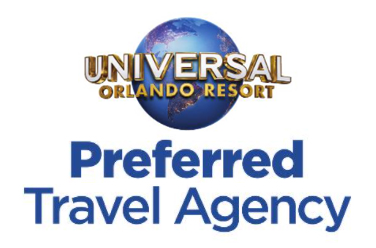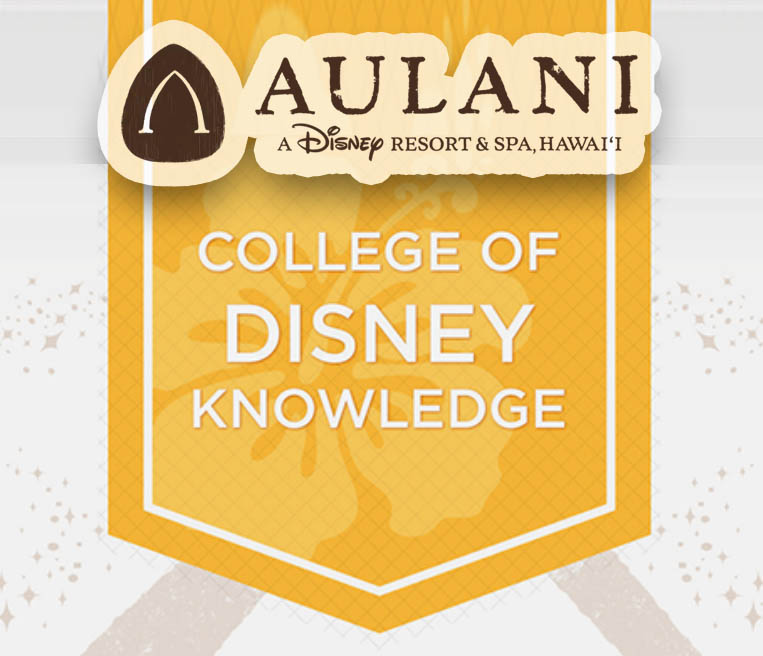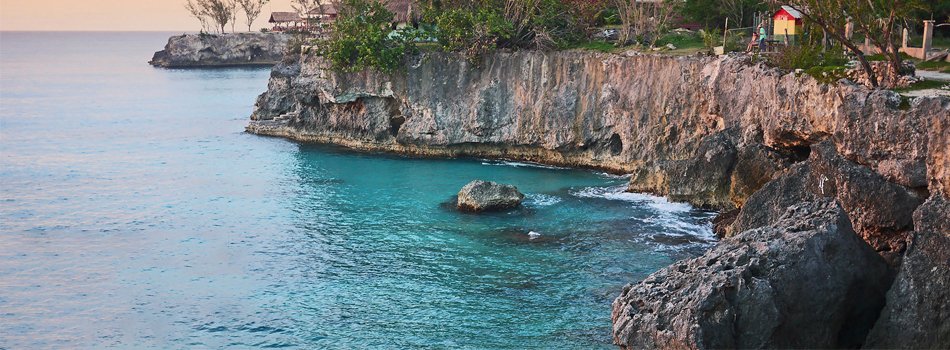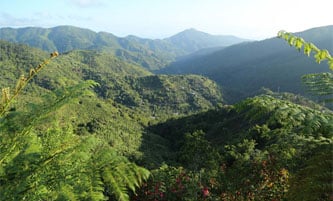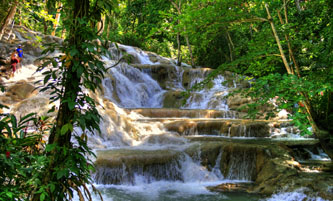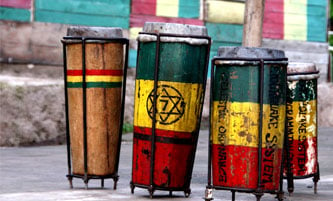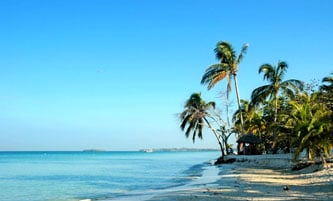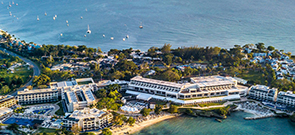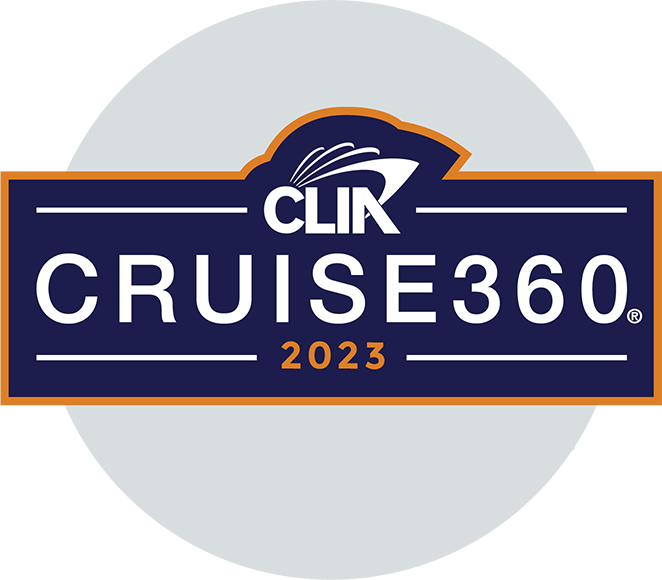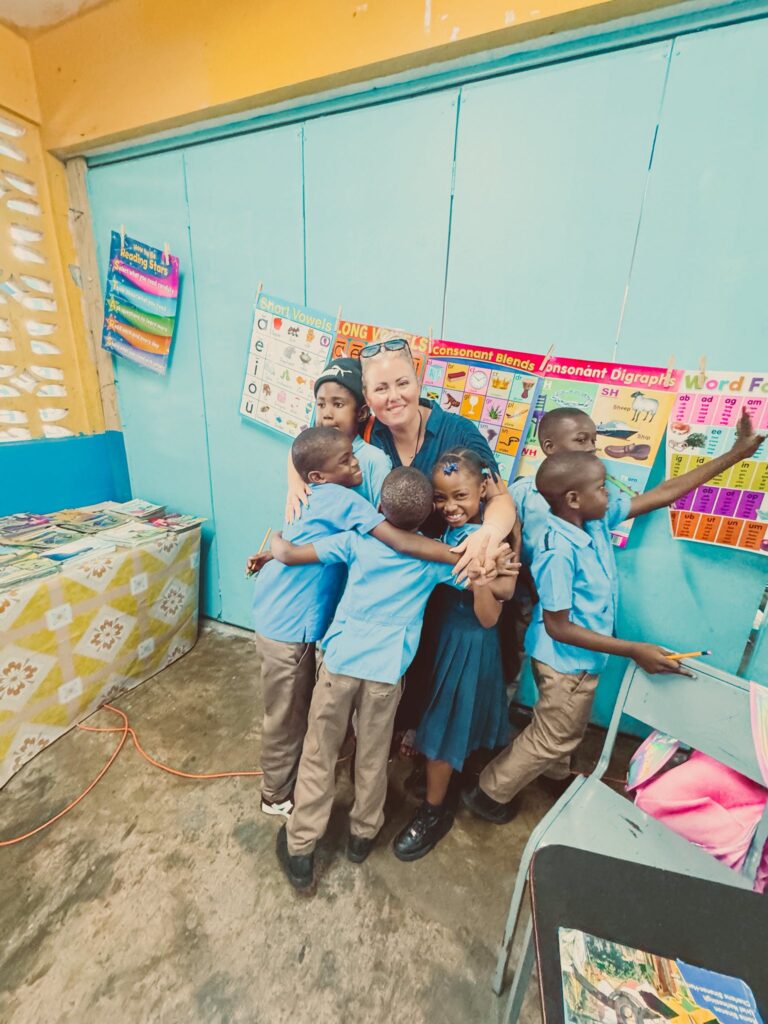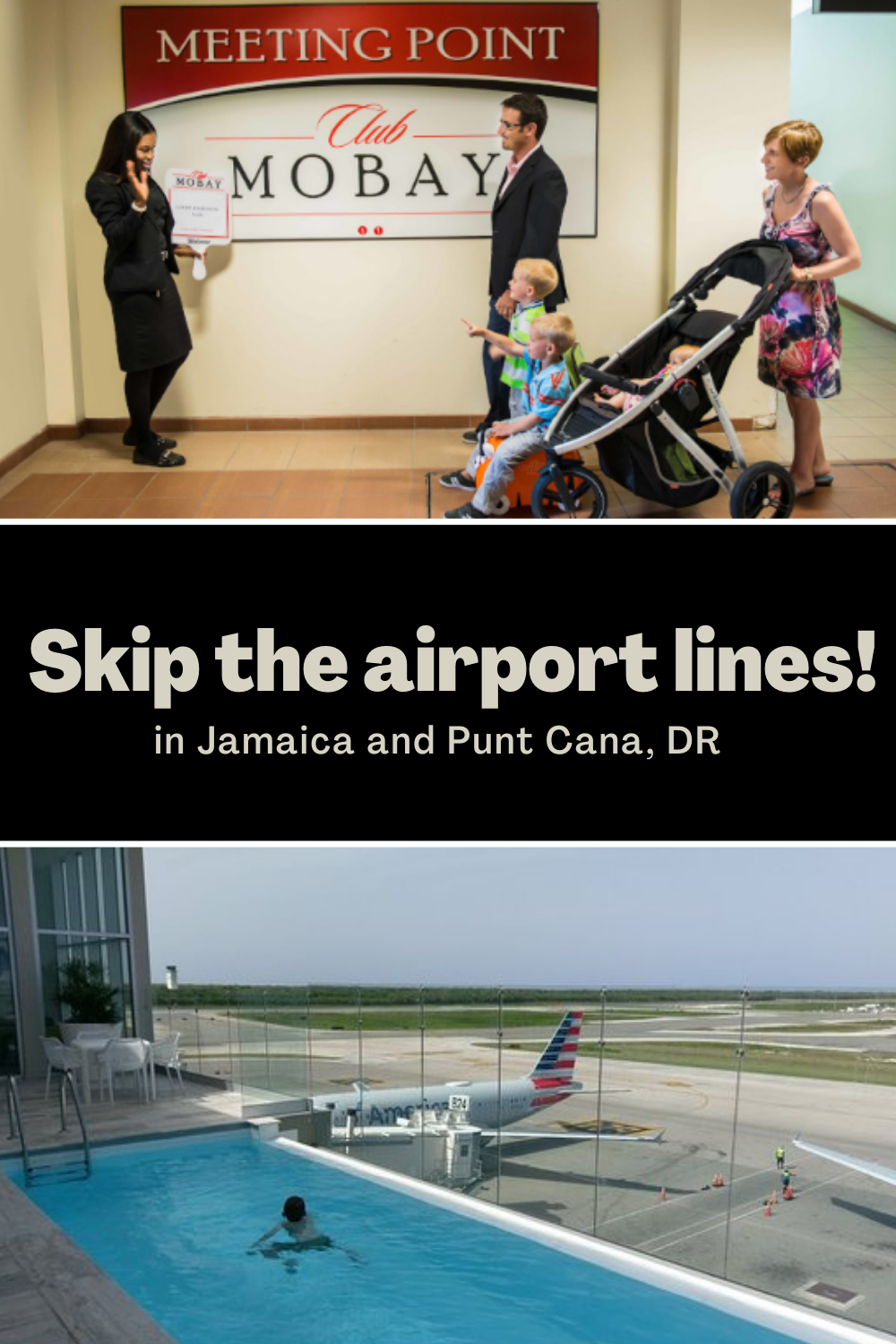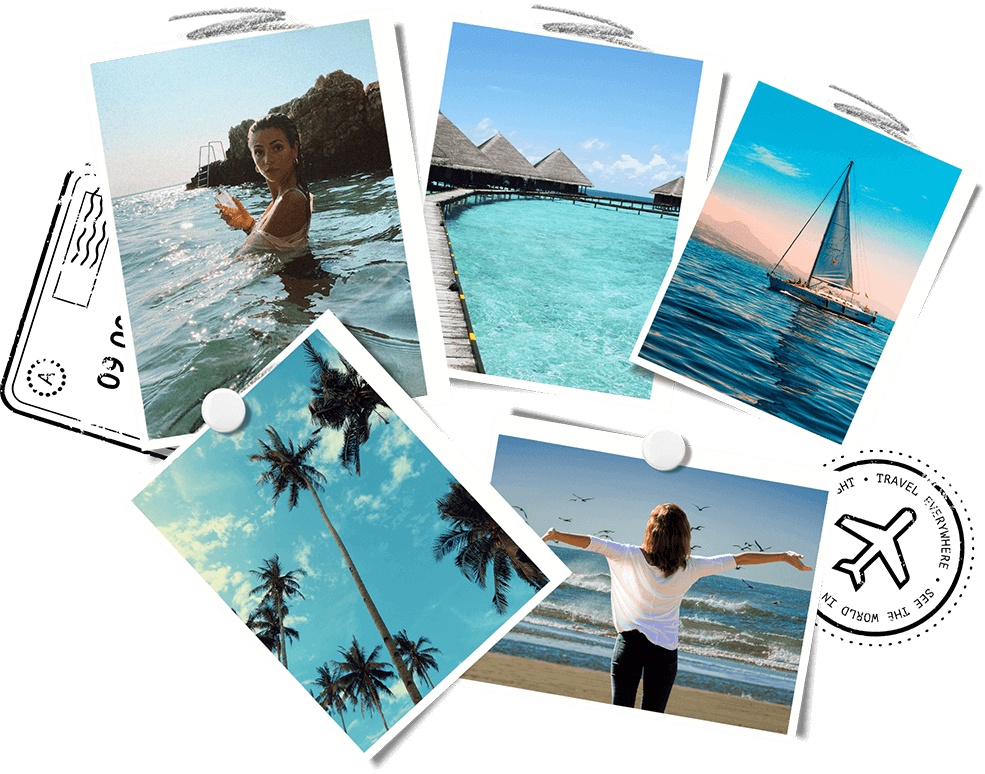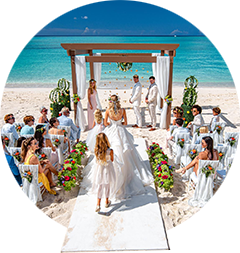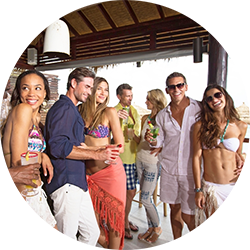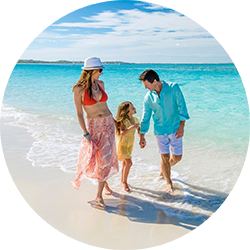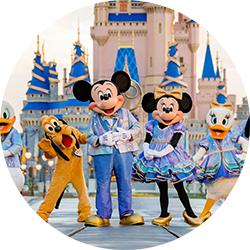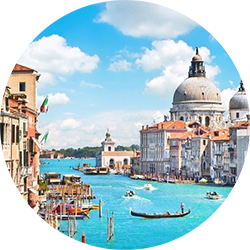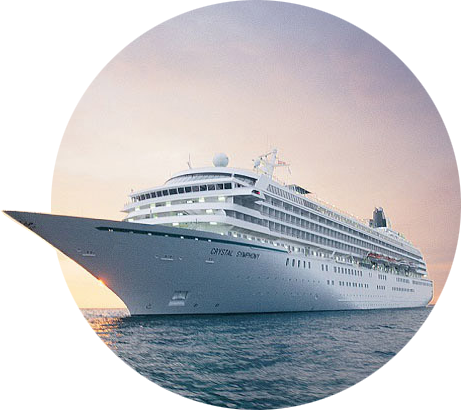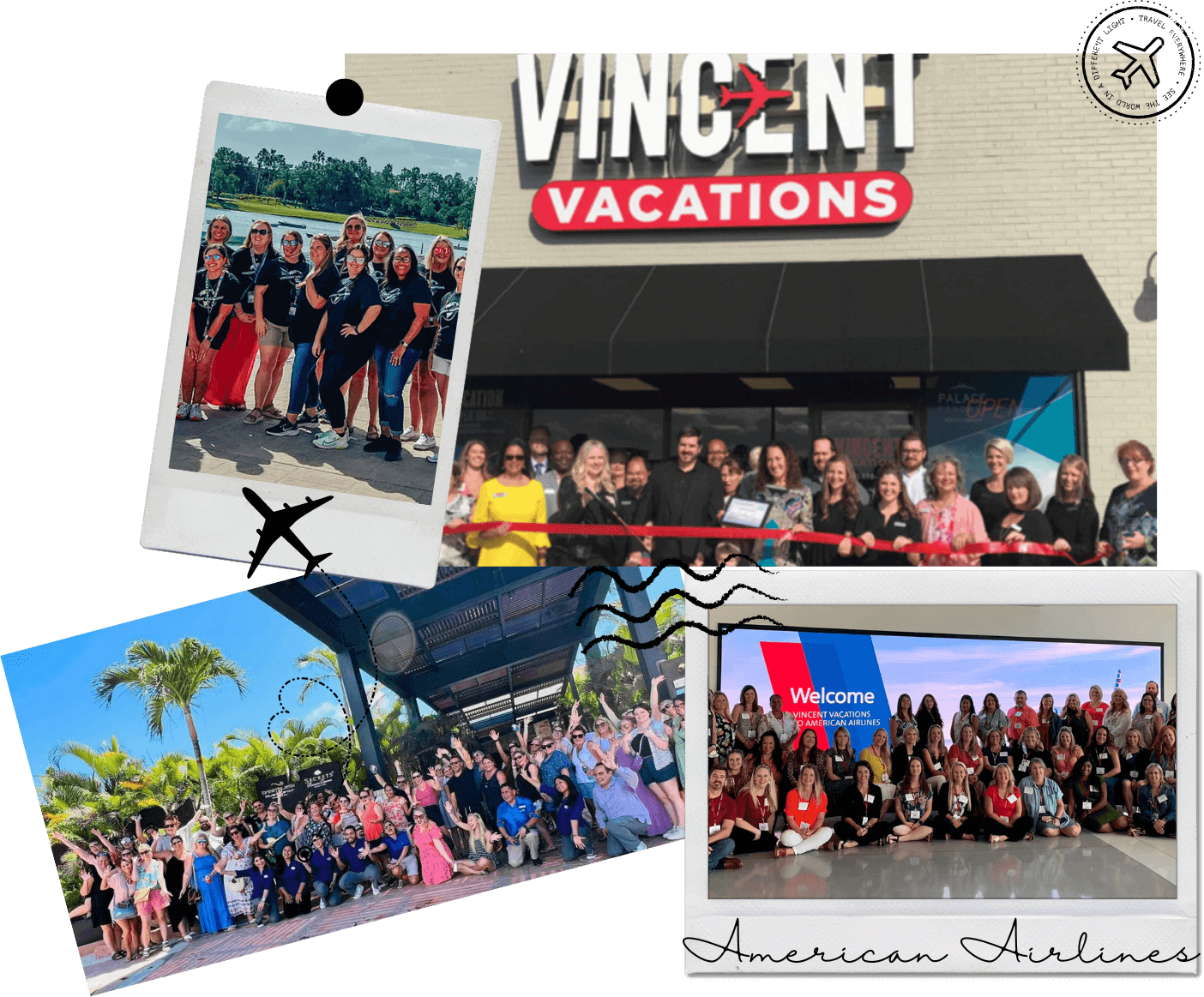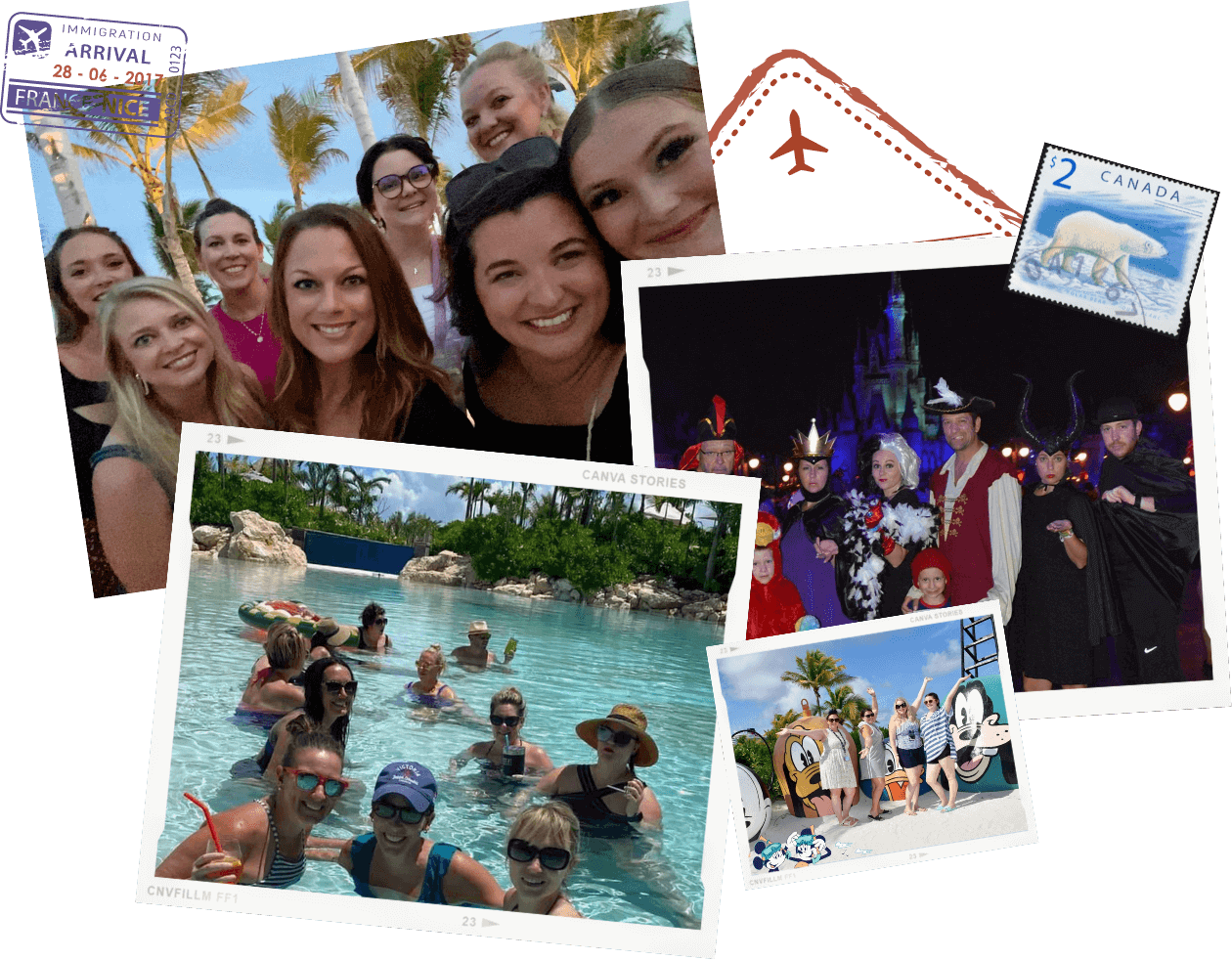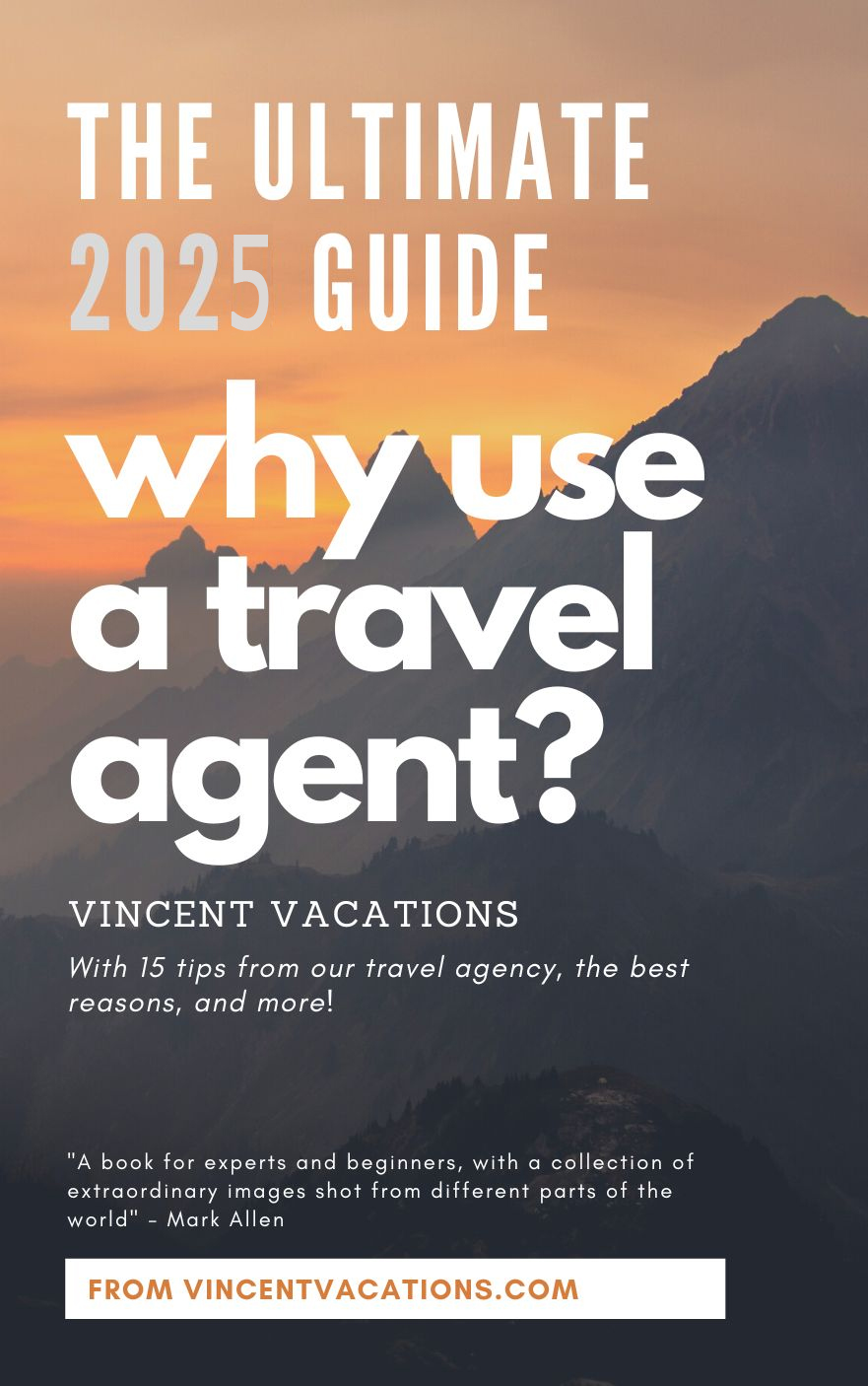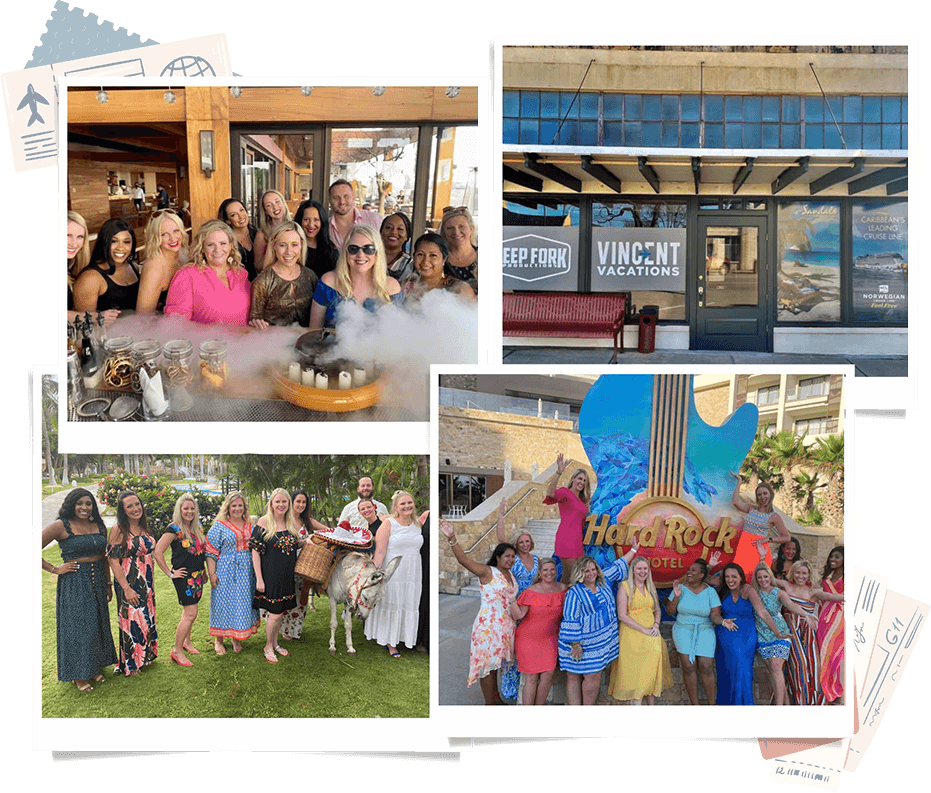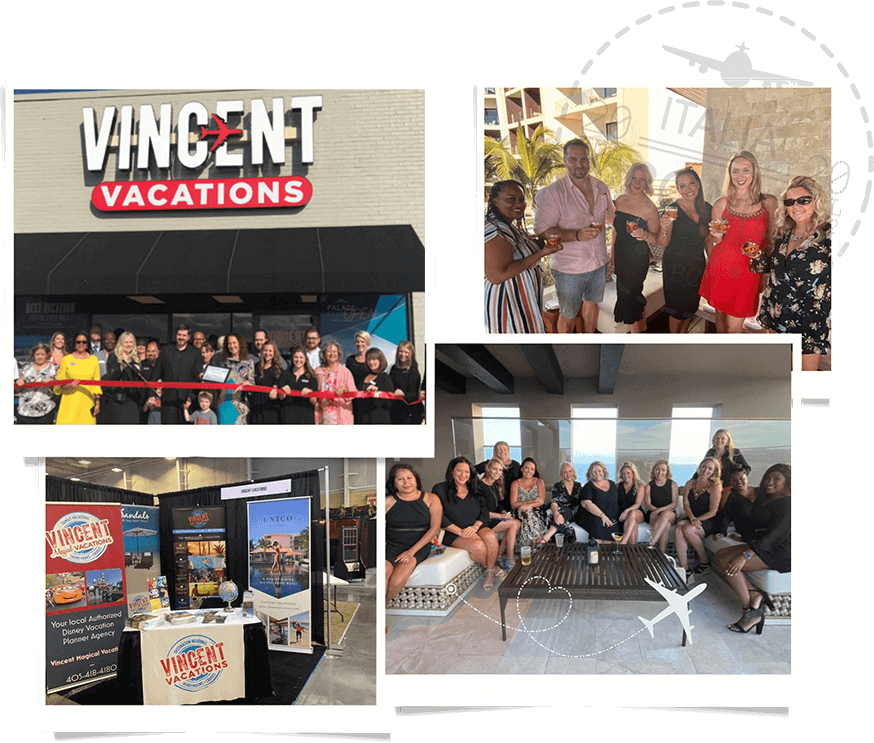Overview
Introduction

The popular image of Jamaica is emerald rain forests, waterfalls that tumble into cool, clear streams and glorious beaches that rival any in the Caribbean. The legendary "cool" of Jamaican culture is heard in its reggae music and by the dry wit of the young Jamaican men who pilot visitors down the Great River on bamboo rafts. You won't easily forget the throngs of competing taxi drivers who swarm outside the Crafts Market in Montego Bay.
Jamaica is one of the most beautiful and culturally rich islands in the Caribbean, with an economy that depends largely on tourism. Explore the countryside and mingle with the locals, as they are friendly and truly delighted to meet and greet tourists who visit their island. The physical beauty and vibrant culture of Jamaica are still its greatest assets, and the good cheer among its people makes for a memorable vacation.
Geography
Jamaica is the third-largest of the Caribbean islands—146 mi/234 km long and 51 mi/82 km wide—and the largest island in the English-speaking Caribbean. It lies some 90 mi/145 km south of Cuba. More than 100 rivers wind through the forested mountains of the island, and nearly half the island is more than 984 ft/300 m above sea level, so you can always see a hill or mountain, wherever you are.
The largest city, Kingston, on the southeast side of the island, lies in the lee of the Blue Mountains. The northeast side of Jamaica receives trade winds and is extremely wet. By contrast, the southeast and south central coasts are arid, and cacti abound. The tourism industry is concentrated along the north coast, especially in Montego Bay and Ocho Rios, and in Negril, on the western tip of Jamaica.
History
Archaeological evidence suggests that the Tainos people settled in Jamaica as early as AD 650. The island took its name from the Tainos word xaymaca, meaning "land of wood and water."
Columbus first sighted the island in 1494, on his second voyage to the New World. Ever since, Jamaican life has been a stormy mix of political, racial and economic divisions. Although the Spanish never fully settled the island, their influence was far-reaching. Most notably, they carried diseases that killed many of the Taino people. In regards to vegetation, they introduced citrus fruits, bananas, plantains and sugarcane, and such livestock as cattle, pigs and horses. They also brought the first slaves from Africa.
The English invaded Jamaica in 1655 and gained complete control of the island by 1660. They then used Jamaica as a base to threaten Spanish interests in the Caribbean and Latin America. Jamaica's Port Royal became the premier headquarters of pirates in the Western Hemisphere until it was destroyed by an earthquake in 1692. The English also established great sugarcane plantations powered by slave labor.
Slavery, in turn, played a central role in the political instability of the island. Slaves freed in the final days of Spanish rule, along with those who had run away from their plantations, established communities in the wild mountain interior and became known as the Maroons. Skirmishes with British troops eventually escalated into two separate wars, which led to the eventual deportation of many Maroons.
Two slave rebellions, one in Morant Bay in 1760 and the Christmas Rebellion in St. James in 1831, combined with the growing antislavery movement in England, ended slavery in Jamaica. Chinese and East Indian indentured laborers were then brought to Jamaica, adding to the island's cultural mix.
The early decades of the 20th century were marked by agitation for independence and social unrest among sugar plantation workers. After gaining greater sovereignty in the 1950s, Jamaica won full independence from Great Britain in 1962. It remains a member of the British Commonwealth. The island's social tensions have helped fuel its most famous export—reggae music. A potent mix of politics, religion and danceable rhythms, reggae rose to international popularity in the 1970s on the shoulders of Bob Marley and other Jamaican performers.
In the 1970s, Jamaica veered toward socialism under charismatic premier Michael Manley. The resulting economic crisis spawned social unrest. Abetted by corrupt political leaders, criminal gangs evolved; the drug trade and politically partisan violence associated with it threatened to destabilize the nation. The economy has been relatively stable in recent decades, thanks to the growth of tourism and effective leadership.
Snapshot
Jamaica's foremost attractions include sunning on white-sand beaches, snorkeling, diving, listening to reggae music performed by local bands, partying, getting pampered at world-class resorts, horseback riding, river rafting, hiking, and visiting caves and historical sites.
Travelers who appreciate warm tropical waters, magnificent scenery, food, earthy music and dance will enjoy Jamaica.
Potpourri
Rastafarianism, a religious and cultural movement that developed in Jamaica in the 1930s, had a great influence on the development of reggae, and many reggae lyrics espouse the Rastafarian religion and outlook. The "Rastas" wear their hair in dreadlocks and use marijuana extensively (locally called ganja or sinsemilla and considered to be a "holy herb"). They worship the late Emperor of Ethiopia Haile Selassie I (also named Ras Tafari) as their messiah.
Spelunkers are drawn to Jamaica's more than 400 caves. Many of them have dripstone formations, as well as large (but harmless) bat colonies. Some are open to the public.
Singer Harry Belafonte's Banana Boat Song (Day-O) was inspired by the chants of men and women as they loaded bananas onto boats at Boundbrook Wharf in Port Antonio.
Cinnamon Hill, on the North Coast Highway near Greenwood, was the birthplace of Edward Moulton Barrett, novelist Elizabeth Barrett Browning's father. More recently, it was the home of country singer Johnny Cash, who was very involved in charitable work on the island.
Jamaica has an excellent and long-standing "Meet the People" program. The Jamaican Tourist Board will arrange for you to meet (or even stay with) a Jamaican with a similar hobby or profession, who will often take you to places of interest. Give the board a few days' notice or register online prior to your trip.
A cult-film favorite, The Harder They Come (1973) helped bring reggae music to the attention of many outside Jamaica, and it made a star of singer Jimmy Cliff, who played the lead role. Shot on location in Kingston, the film provides an entertaining look at the Jamaican music business.
Hollywood film directors, drawn by Jamaica's beauty, have used it as a setting for many films, including Cocktail, Blue Lagoon, 20,000 Leagues Under the Sea, Island in the Sun, Dr. No, Live and Let Die, Return to Treasure Island, Mighty Quinn, Wide Sargasso Sea and How Stella Got Her Groove Back.
Jamaica's athletes have won more than 75 Olympic medals over the years, including gold medals at the London, Beijing and Rio Olympics courtesy of the record-breaking speed of Usain Bolt. The most surprising sport is bobsledding: Despite the fact that the island has no ice or snow, its two-man bobsled team ranked 10th in the 1992 Winter Olympics.
Jamaicans call the speed bumps on the roads "sleeping policemen."
Jamaica has 635 mi/1,022 km of coastline, with a beach around every bend and nestled in every cove.
Couples can be married 24 hours after arriving in Jamaica if prior application has been made for a marriage license and notarized birth certificates have been produced. No blood tests required.
Jamaica is listed in Guinness World Records as having more churches per square mile/kilometer than any other country. Parish churches welcome tourists at Sunday morning Mass, but mind the strictly enforced dress code.
Jamaica's national motto, Out of Many, One People, reflects the island's rich and diverse racial heritage.
The first mango plants introduced into Jamaica were captured on the high seas on their way from India to the West Indies by Lord Rodney's ship H.M.S. Flora in 1782.
During the Maroon War, fought against the British, Maroon warriors used a bugle made from a cow's horn (called an Abeng) to alert each other of danger.
Embarking on a journey through The Caribbean is always an exceptional choice. With Norwegian, you're destined for a voyage of excitement, exploring the most enchanting islands. We are proud to be recognized as The Caribbean's Best Cruise Line for nine consecutive years by the World Travel Awards. In 2024, we're excited to expand our Caribbean cruise itineraries, featuring journeys on our latest vessels, Norwegian Prima and Norwegian Viva.
Embarking on a journey through The Caribbean is always an exceptional choice. With Norwegian, you're destined for a voyage of excitement, exploring the most enchanting islands. We are proud to be recognized as The Caribbean's Best Cruise Line for nine consecutive years by the World Travel Awards. In 2024, we're excited to expand our Caribbean cruise itineraries, featuring journeys on our latest vessels, Norwegian Prima and Norwegian Viva.
Embarking on a journey through The Caribbean is always an exceptional choice. With Norwegian, you're destined for a voyage of excitement, exploring the most enchanting islands. We are proud to be recognized as The Caribbean's Best Cruise Line for nine consecutive years by the World Travel Awards. In 2024, we're excited to expand our Caribbean cruise itineraries, featuring journeys on our latest vessels, Norwegian Prima and Norwegian Viva.
Are you planning a Caribbean or Panama Canal cruise? Depending on the cruise vacation you're considering, your cruise might include a stop in Jamaica, such as Ocho Rios or Falmouth. When you book your Jamaica cruise with Norwegian, you'll have a selection of exciting excursions that are sure to delight you, no matter your interests.
Embarking on a journey through The Caribbean is always an exceptional choice. With Norwegian, you're destined for a voyage of excitement, exploring the most enchanting islands. We are proud to be recognized as The Caribbean's Best Cruise Line for nine consecutive years by the World Travel Awards. In 2024, we're excited to expand our Caribbean cruise itineraries, featuring journeys on our latest vessels, Norwegian Prima and Norwegian Viva.
If you're looking for an alternative port of departure for a 2022 Caribbean cruise, consider New Orleans, Louisiana. Norwegian Cruise Line offers several different Caribbean itineraries departing from The Big Easy. These 2022 cruises from New Orleans visit ports in Mexico, Belize, Honduras, Jamaica, and the Cayman Islands.
If you’ve booked a Caribbean cruise on Norwegian Cruise Line, chances are Jamaica’s ports of call Ocho Rios and Falmouth were huge incentives for you. (And if they weren’t, they should be!) Although the entire Caribbean region may conjure images of endless beaches and swaying palm trees, every island charted on Norwegian’s Caribbean cruise itineraries boasts a notable culture, language, and scenery. And Jamaica is, perhaps, one of the most unique destinations.
No visit to Jamaica is complete without sampling at least some of the mouthwatering local flavors. And no, you don’t have to eat anything spicy—though if you’re up for it, you should! Make sure to grab a bite of a few of these Jamaican favorites:
Contact us for the latest Jamaica deals.




